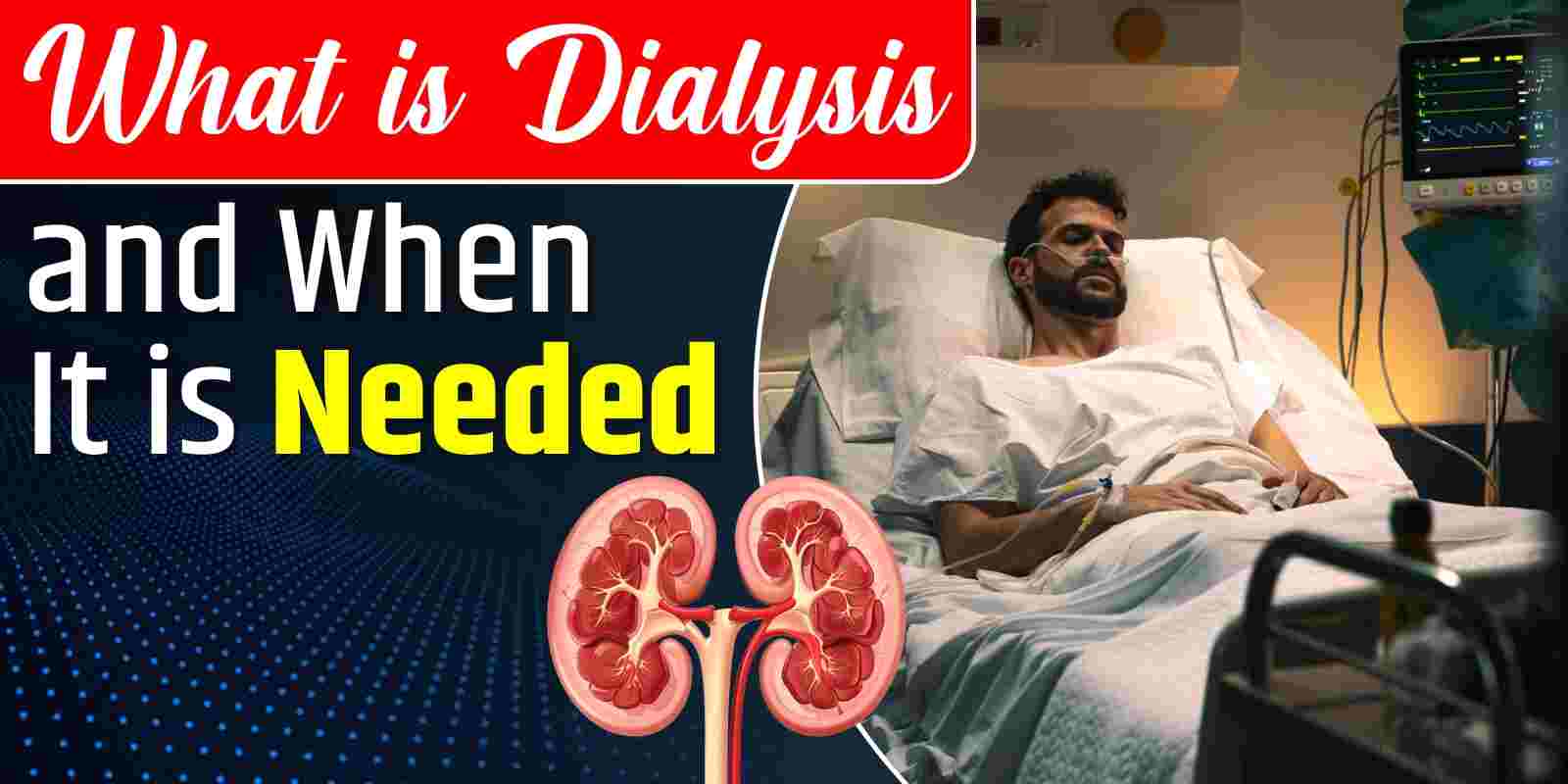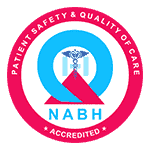
Dialysis is one of those medical terms that might sound intimidating at first, but it’s really just a lifeline for people whose kidneys aren’t doing their job anymore. Imagine your kidneys as the body’s built-in filtration system; every day, they quietly clean your blood, remove waste, balance fluids, and keep everything humming along. But when they start to fail, whether due to disease, injury, or some other glitch, dialysis steps in like a trusty backup plan. It’s not a cure, but it’s a way to keep you going when your body can’t handle the cleanup on its own. Kidney treatment in Ayurveda focuses on improving renal health so that you don ot have to experience dialysis in the first place.
So, what exactly is dialysis? At its core, it’s a treatment that mimics what healthy kidneys do. It filters out toxins, extra fluids, and waste products from your blood when your kidneys can’t. There are two main types: hemodialysis and peritoneal dialysis.
Now, you might be wondering how the process actually works. In hemodialysis, a doctor first creates an access point, usually in your arm. called a fistula or graft, where needles can connect you to the machine. Blood flows out through one needle, gets scrubbed clean in the dialyzer, and flows back in through another. The machine uses a solution called dialysate to pull out the bad stuff, like urea and excess salts, while keeping the good stuff, like red blood cells, intact.
Peritoneal dialysis is less mechanical; you insert a catheter into your abdomen, and the dialysate fluid does the heavy lifting right inside your body. Both methods are clever workarounds, but they’re not exactly a walk in the park. They take time, planning, and a lot of resilience from the people going through them.
So, when does someone need dialysis? It’s not something you just wake up and decide to start; it’s a big step that comes when your kidneys are seriously struggling. Doctors usually measure kidney function with something called the glomerular filtration rate (GFR), which shows how well your kidneys are filtering blood. Normal GFR is around 90 to 120 milliliters per minute. When it drops below 15, you’re in what’s called end-stage renal disease (ESRD), and that’s typically when dialysis enters the picture. At that point, your kidneys are working at less than 10-15% capacity, and waste is building up in your body faster than it can handle.
Doctors don’t jump to dialysis at the first sign of trouble; they’ll try meds, diet changes, or other fixes first, but when those symptoms pile up and the numbers (like GFR) tank, it’s time to act.
Karma Ayurveda is the leading Ayurvedic healthcare institution in the country. With multiple branches, it aims to serve every nook and corner of the country. If you are also experiencing severe renal issues, then choosing Karma Ayurveda for stop kidney dialysis can be a great option. The hospital offers completely herbal treatments for renal disorders so that your overall renal health sees an uptick.
Conclusion
Starting dialysis isn’t a small decision. It’s a commitment that reshapes your life; scheduling treatments, managing diet (low salt, low potassium, low phosphorus), and sometimes dealing with side effects like cramps, low blood pressure, or infections at the access site. For some, it’s a bridge to a kidney transplant, which can replace the need for dialysis altogether. For others, it’s a long-term reality. Either way, it’s a testament to human ingenuity and grit; both the scientists who figured this out and the people who live it every day.
"Ayurveda is not just a system of medicine; it's a way of life. Connect with us to embrace a lifestyle that nurtures your body, mind, and soul."

Certificate no- AH-2023-0186
JAN 05,2023-JAN 04,2026